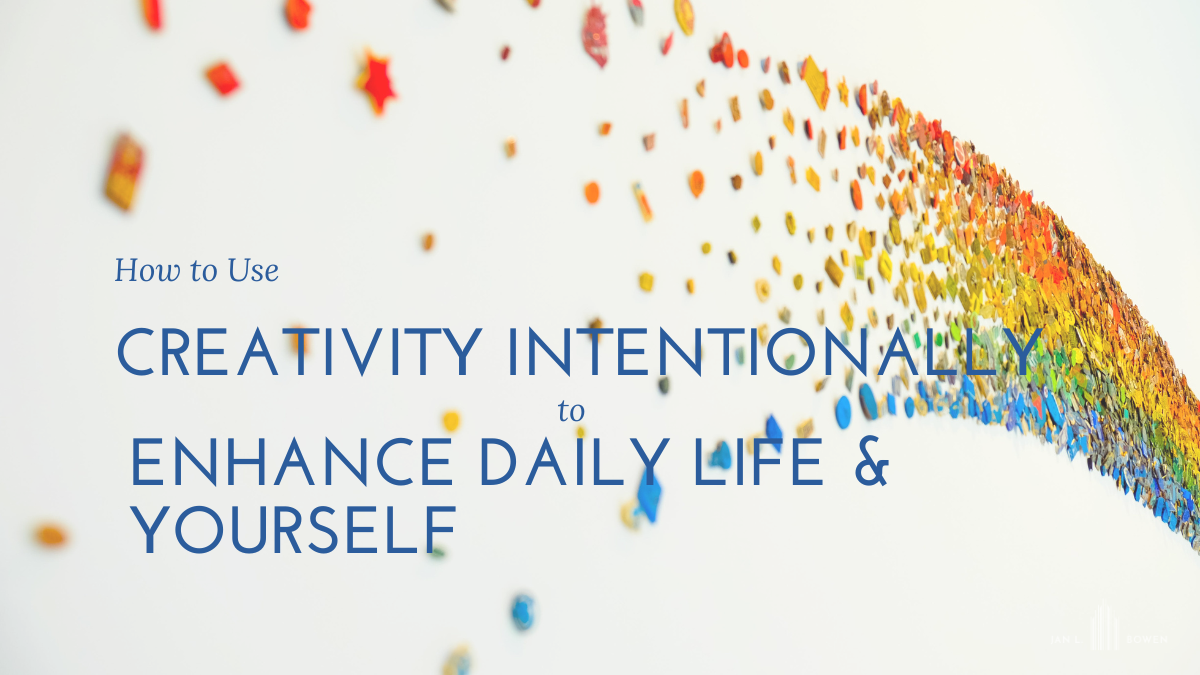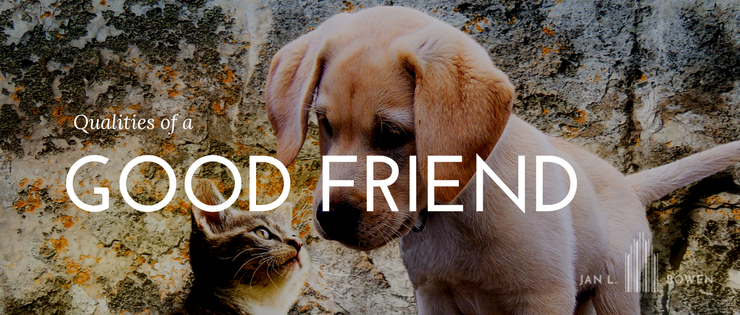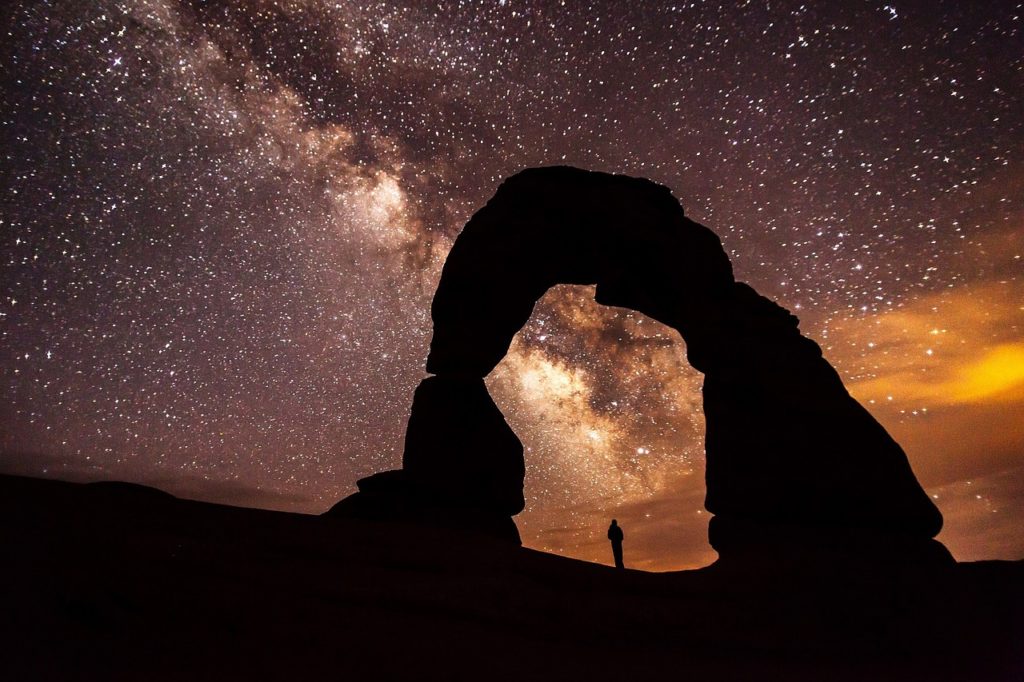Everyone is creative. We differ in our expression, and that alone speaks to the unique benefit of creativity. Because regardless of our current level of expression, by practicing our creative skills regularly, we can strengthen not only our creativity but also enhance our life and ourself.
Benefits of Creativity
Wondering why we should bother with fortifying our creativity? The benefits of creativity go far beyond the obvious output of our efforts. The wide range of benefits positively impacts various aspects of our lives, and involves the complex workings of neuroscience. As you read the simplified benefits listed below, you’ll see how they build upon each other, further enhancing the power.
- Mental health and well being: Creativity spurs “flow state” – the effortless state of being in the zone. It occurs through changes in brainwave function, similar to those experienced during meditation, sports – and creativity. During this state we experience heightened states of joy, deep peacefulness, and suspension of time. Critical thinking slows, which can contribute to lessened anxiety and depression.
- Problem-solving skills: Creativity entails innovative thinking. Creative does not automatically equate to being artistic. Solving business problems and coding are creative — and require innovation to be successful!
- Cognitive functions: Engaging in creative activities enhances cognitive functions, including memory, attention, and mental adaptability.
- Stress reduction: Creative expression releases stress, promoting relaxation and overall well-being.
- Emotional expression: Creativity allows for the expression of complex emotions and experiences, providing a healthy outlet for otherwise difficult to express feelings. It is frequently used in a therapeutic setting, with both children and adults.
- Self-discovery: As we create, our expression can lead to deeper self understanding, including our interests, desires, values, and emotional journey.
- Confidence-building: Successfully executing creative projects can boost self-confidence and self-esteem, leading to increased motivation and a positive outlook.
- Adaptability: Creative individuals tend to be more adaptable and open to change, which can be advantageous to both personal and professional settings.
- Innovation and progress: As creativity drives innovation, it leads to advancement across conventional ways of thinking and operating, and resulting in solutions and improvement.
- Social connection: Relationships can deepen via sharing the creative process and build a sense of community when working on like-minded creative projects together.
- Resilience: Creativity produces positive emotions that can unlock inner resources for dealing with the stress and uncertainty that are the underpinning of resilience.
- Personal fulfillment: Through our unique, personal expression, we can see our ideas live, resulting in a deep sense of fulfillment. When we express aspects of ourselves, it also results in a satisfying sense of purpose. This often grows from the earlier benefit (#6) of Self-discovery.
So, let’s look at how to get more of these benefits! Listed below are some ideas on how to apply creativity when you’re short on inspiration.
How to Stimulate Creativity
Whatever steps you choose to develop your creativity, here are a few general thoughts to keep in mind.
- Curiosity invites inspiration
- Embrace your mistakes as opportunities
- Allow time and space to create
Step 1: Use Creativity to Let Go of Some Stress!
As you’re releasing stress, your brain is producing neurotransmitters, including serotonin and dopamine, affecting emotions, allowing increased inspiration. The brain also reorganizes via neuroplasticity, allowing for new connections.
This brain activity (explanation vastly simplified) allows for the myriad benefits of creativity beyond releasing stress. You’ll also gain other advantages mentioned above, including increased mental health and wellbeing, resilience, problem-solving skills, strengthened cognitive functions, self-discovery, emotional expression, confidence building, adaptability, innovation, and personal fulfillment.
Here are some creative exercises to release stress.
Daydream
When was the last time you indulged in a daydream? It’s time!
Invite your creativity by daydreaming. Explore where and how you daydream best. Is it on a walk, in the shower or bath, at a favorite location in nature, or in quiet stillness amid an urban center? Maybe it’s at the kitchen counter, alone in the afternoon.
Wherever it is, sit and allow your mind to wander. Dream big and dream small with no expectations.
Imagine.
What comes to you?
And then daydream about that.
… maybe you want to draw, paint, dance, compose, or write what you saw in your daydream?
Play with abandon !
Play opens our imagination, which spurs creativity.
Play a game or sport, with children or animals, on a walk, on the beach, or in the woods. Just play! Dance, color, blow bubbles, laugh, jump. What makes you giggle?
Rediscover that part of yourself — yes, your inner child — who sees the ever present opportunity for joy and fun in life. Make it a daily game to search and uncover play.
Turn the mundane into a fun event and it transforms into play. That is creative.
Find a pastime
Call it a hobby, if you like. Engage in an activity you enjoy and do it regularly.
Choose an old favorite, resume a neglected one that still intrigues you, or begin something that is urging exploration. Compose, paint, sing, dance, collect, etc.
Do anything that requires creation from start to finish. Become immersed in the activity and feel stress melt away.
As you engage in any of the above activities, you remove yourself from whatever stress is affecting you. You release its impact and open to greater levels of inspiration.
Step 2: Express Yourself
Originality is a key element of creativity. As we create, we use our working medium to express the ideas and inspiration that are uniquely ours. Benefits of creative expression include all of those associated with the section above (i.e., stress release).
Emotions begone!
… or at least, appropriately expressed. Begin by choosing a medium to represent yourself. Perhaps you’ll write or sketch your thoughts, visions, emotions. Or you could compose or dance them into the air.
Once you’ve selected your medium, allow inspiration to guide you. Working through your emotions, allow the medium to transform what you’re feeling.
Explore your preferred creative expression
Sometimes the most challenging part of creativity can be deciding how or what to do! Either, what medium to create in, and then what to express! It doesn’t help that there are so many options to overwhelm.
Is that your current challenge? Then this tip may be helpful.
If you know ways you like to create, begin with any singular choice — and go deeper with it. For example, if you play a musical instrument, a) develop that skill further — a new song or level/ability/technique, or b) take your skill to a greater level of expertise, or c) play more frequently.
Perhaps, however, you aren’t sure what form you like. Then take some time for discovery: a) go back to daydreaming — do you like active or peaceful effort? b) tactile or auditory? c) what type of materials do you enjoy working with? (bonus points for considering what your answers reflect about yourself!)
Still unclear? Experiment. Try classes, kits, join in with groups, etc. Sample a little of everything that crosses your mind and your path.
Regarding the “what to create”, keep a creative journal of ideas. Capture anything and everything that crosses your mind, regardless of how unimportant, important, silly, or serious it may seem. When you’re lost for ideas and it’s time to create, open it and begin!
Use creativity in place of words
Sometimes a conversation doesn’t suffice. It can be when life gets tough and words don’t quite fill the void. Other times, the right words don’t seem to come at the right time. Instead of struggling to find the right words, create!
Make a card, painting, song, or anything else that expresses what you want to say — or better yet, that conveys how you want the recipient to feel.
Pay attention to how you feel as a result at the conclusion of this exercise.
Creative expression is powerful for emotional release, healing, self-discovery — and connection. The more creative inspiration and exploration we do, the richer our creative journey becomes.
Step 3: Connect through Creativity
Creativity isn’t a solitary endeavor. Even though we may create individually, we communicate through our creations. We can further create by sharing any part of the process or result.
The following ideas are a few ways to deepen creative connections.
Create a club
Organize a weekly or monthly creativity, or creative interest, club. Each club member can bring an individual project to work on. Alternatively, all members could work on a common project.
Similar to book club organizational principles, these clubs could be held at members’ homes, in a community center, at a hall, or any mutually acceptable place. Just be sure the location is conducive to the types of materials or medium that will be at worked on. For example, check if water is needed, etc.
Attend a class, workshop, or conference
Whatever your interest, deepen your mastery with more skill study and application. You’ll meet like-minded people, and probably make a few friends. Search keywords to find study that suits you.
Teach
Ready to take it further? Spread your knowledge!
Even if you consider yourself a beginner, there are others who would benefit from what you alreadyd know. consider how you could help them benefit from what you’ve learned.
Reach out to art associations you belong to, or with which you are familiar to inquire regarding teaching opportunities. Ask schools, interest groups, and extend to conferences.
Starting with people and groups you know is always a good approach, even if it seems intimidating. At the other end of the spectrum, doing a search equipped with keywords, you’re sure to find an opportunity that’s right for you!
Creating can be satisfying in and of itself. But that enjoyment is magnified when shared. Decide how you want to share your creativity. Will it be in group work, exhibiting or performing, or perhaps teaching?
The Long Range Reach of Creativity
These three steps are just the beginning. Creativity extends its reach and benefits in practically all areas of life. Remember – being creative does not require being artistic. That frees us to express ourselves uniquely in life. Everyone may not be an artist, or a musician, a poet, dancer, etc. But we are all creative, with unique concepts and ideas to express.
As we do, that creative process opens our minds to possibilities, engages empathy, and encourages unique communication. It fosters innovative thinking, strategic change, and innovation. Light-hearted inspiration leading to impactful change – all through creativity!
Want help clarifying your values to align your life with others, and experience more peace of mind? Take a look at It’s Not That Complicated: How to Create a Personalized Template of Alignment for solutions.



